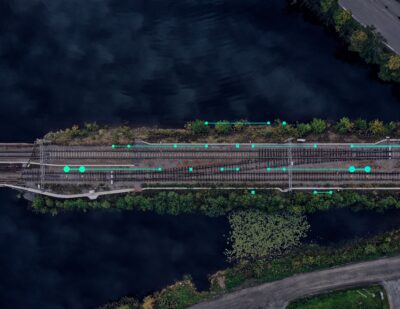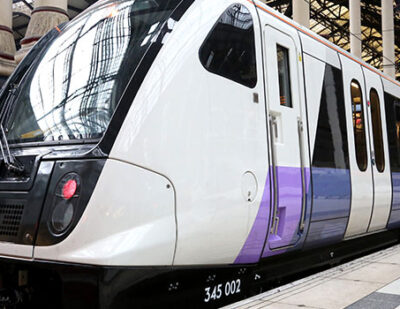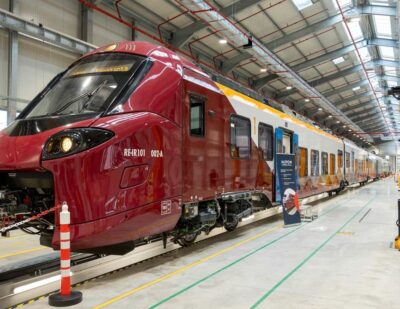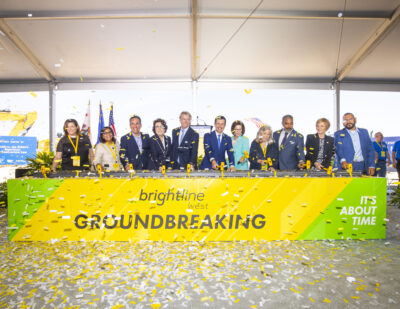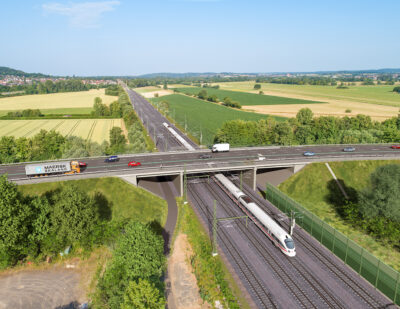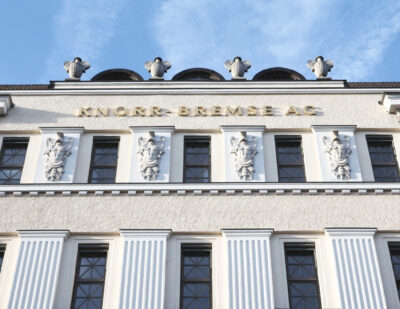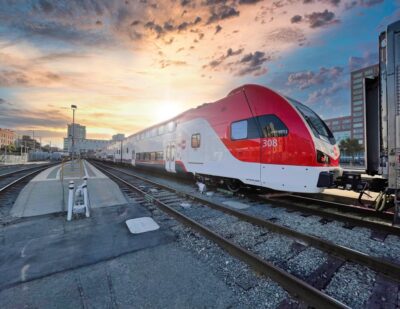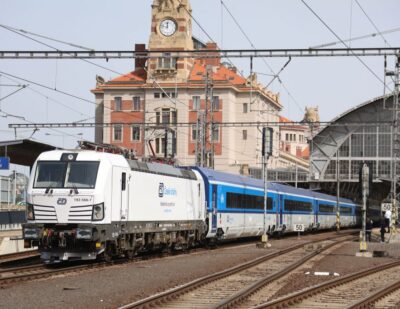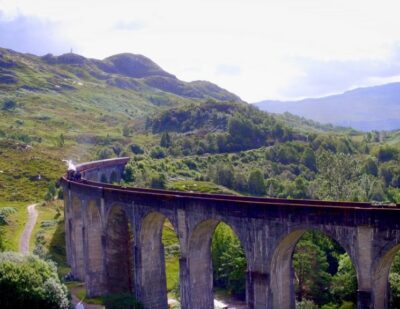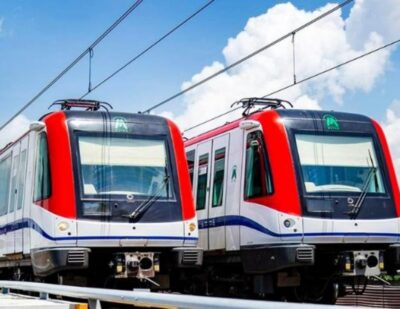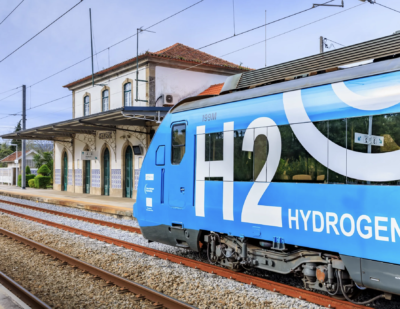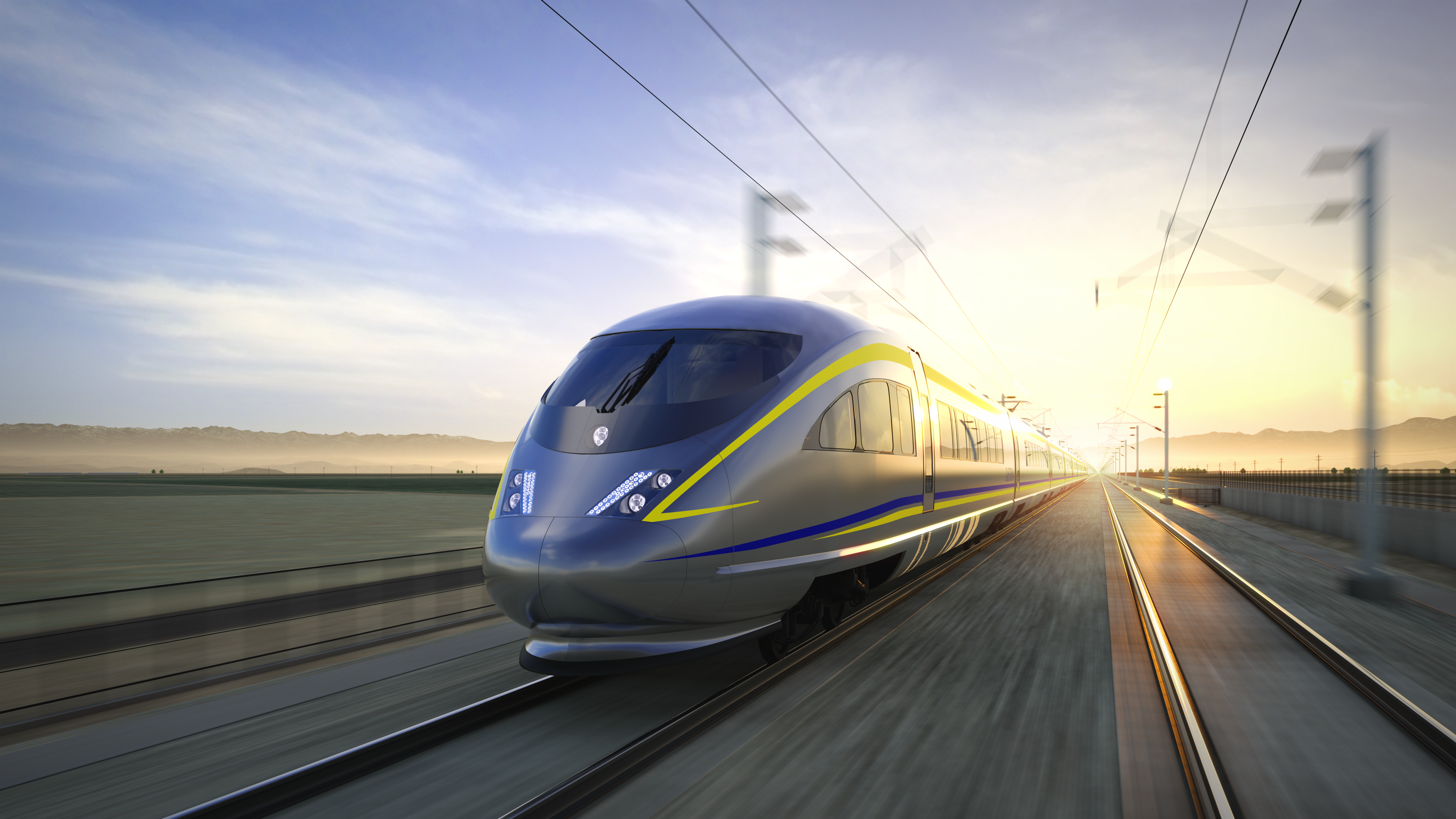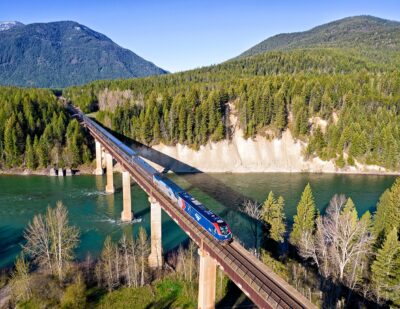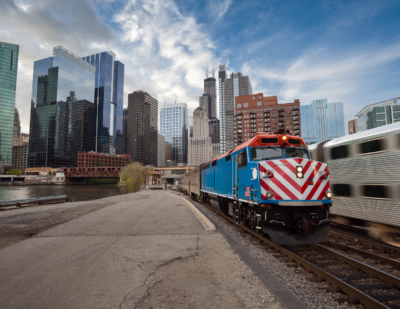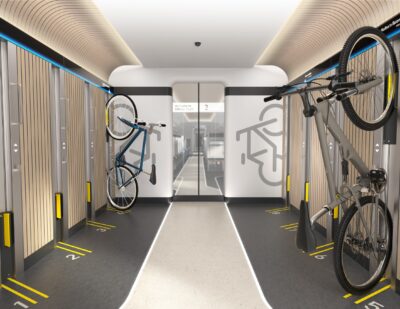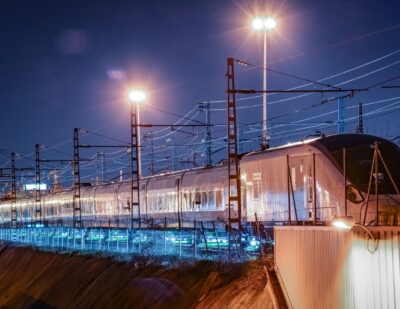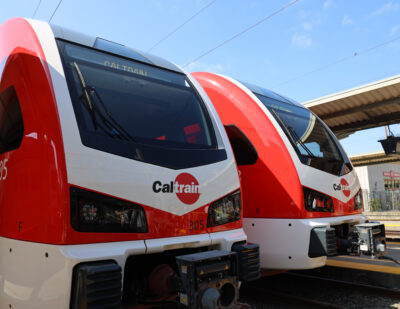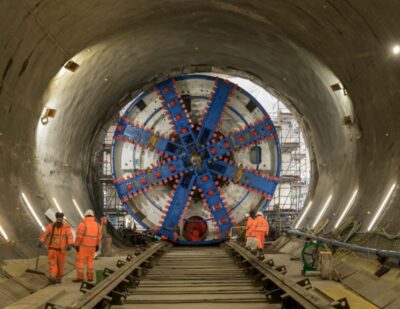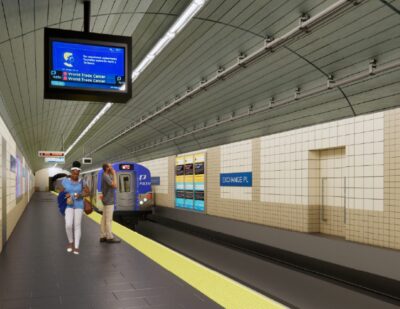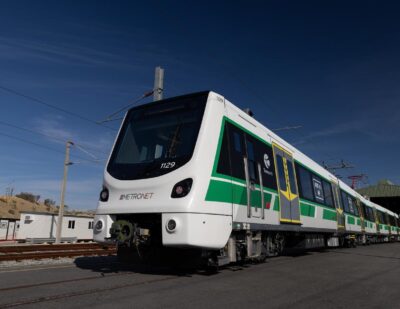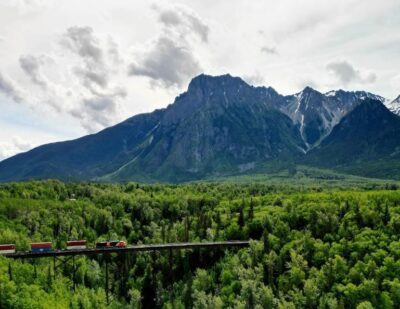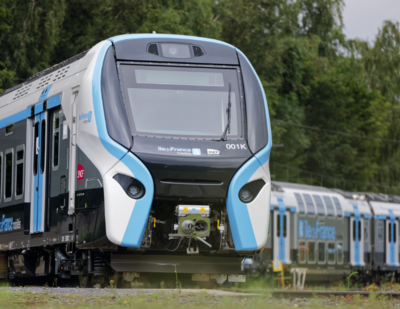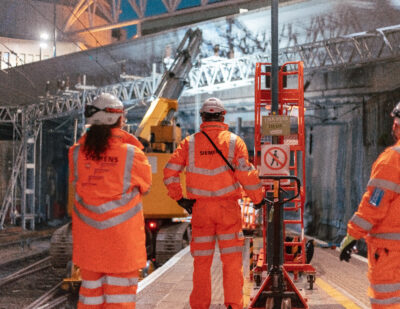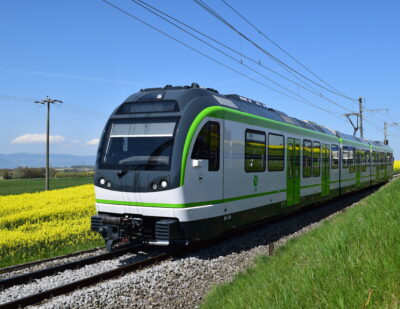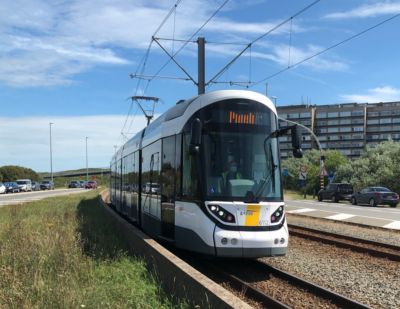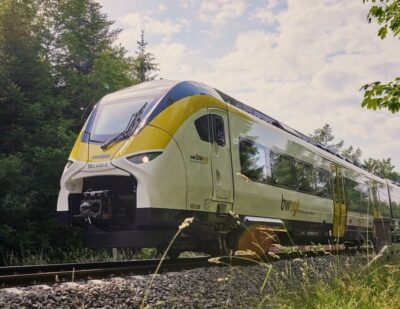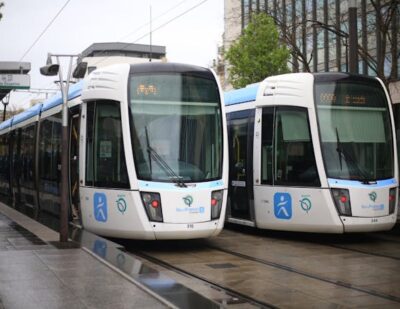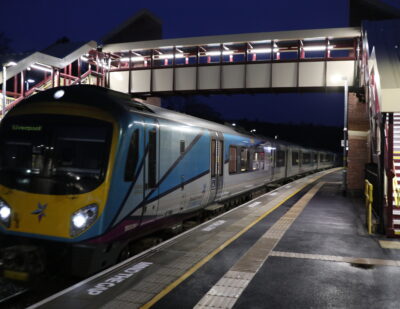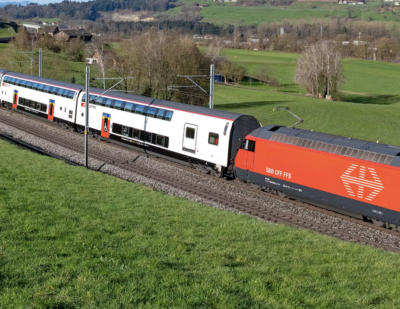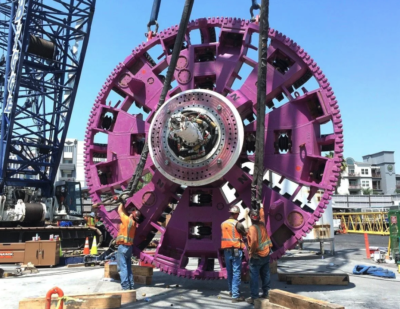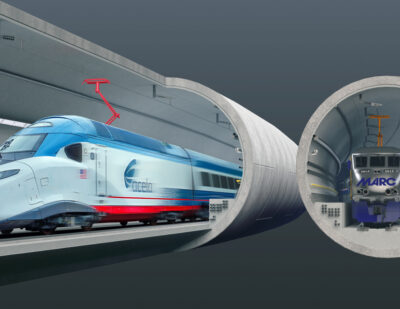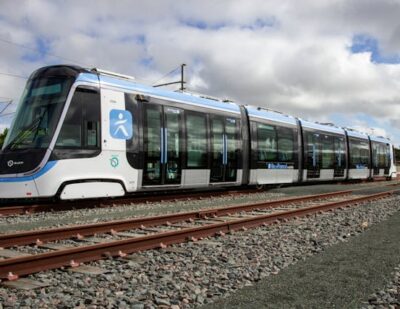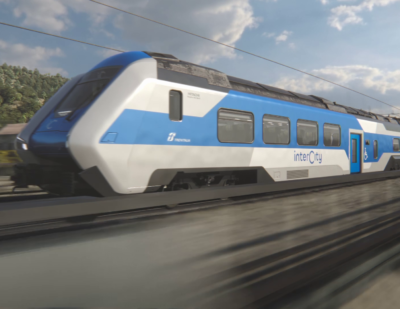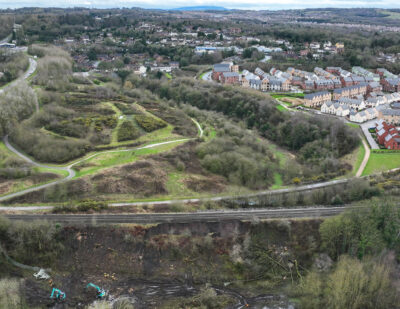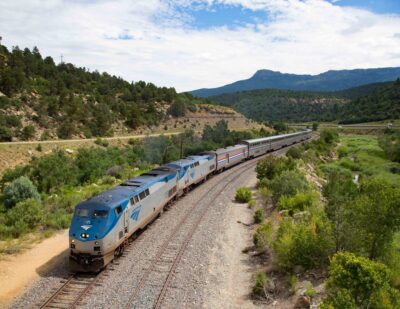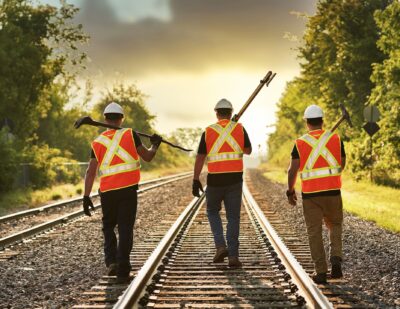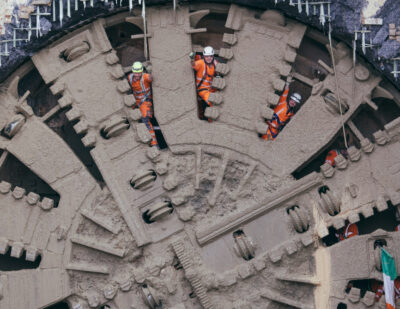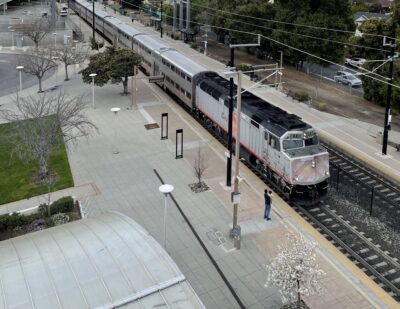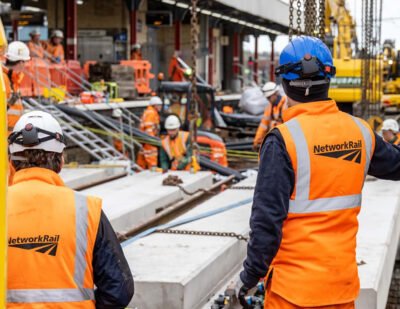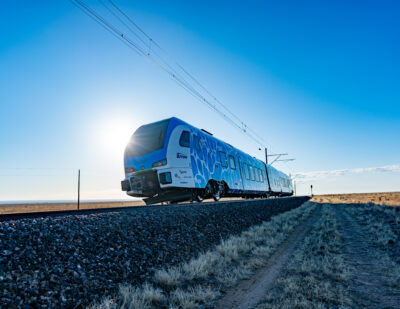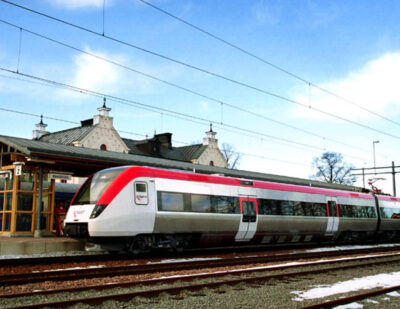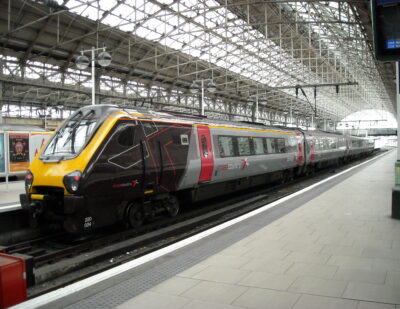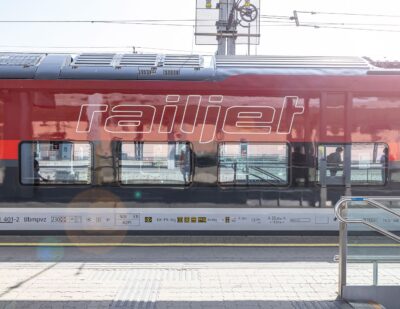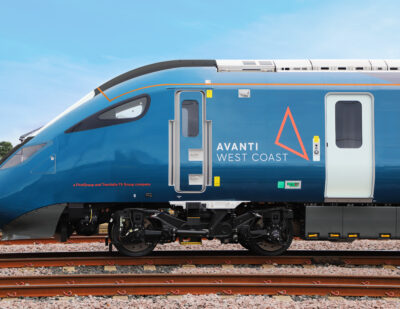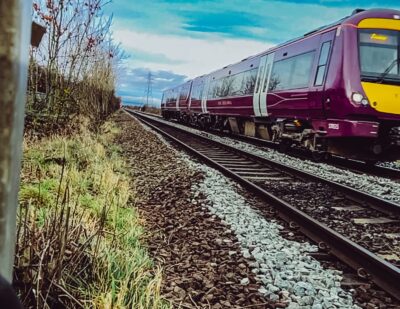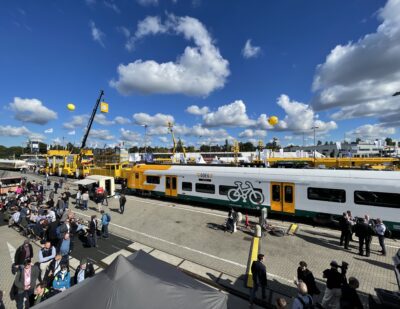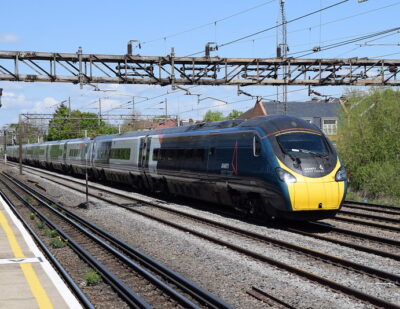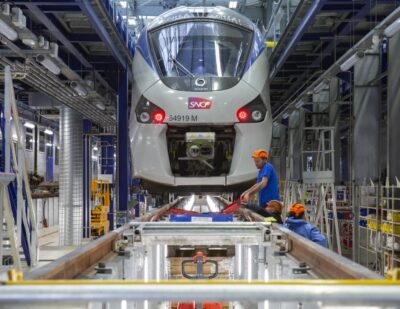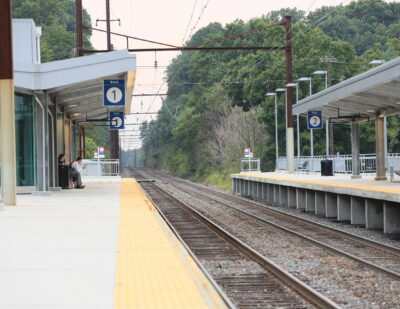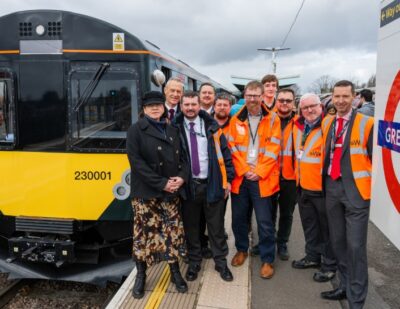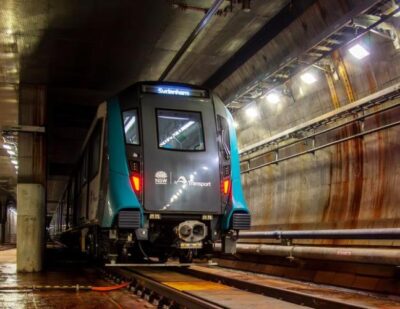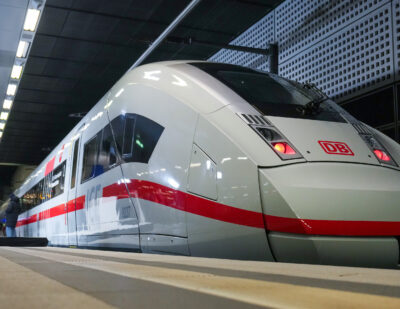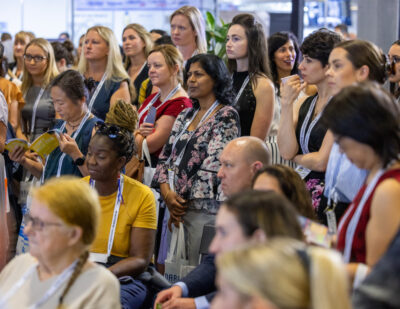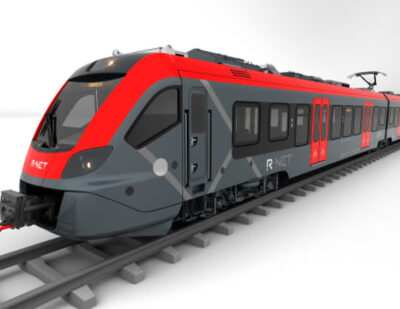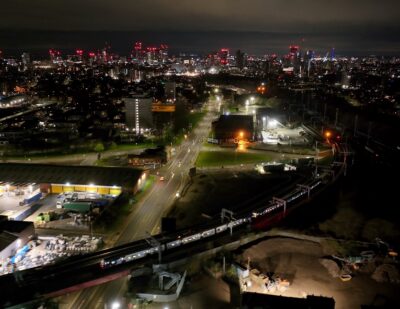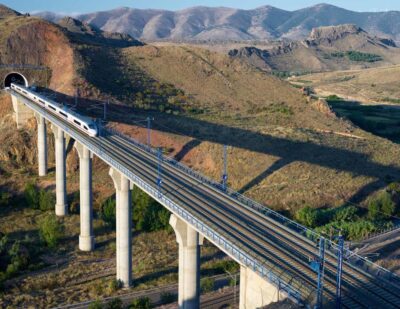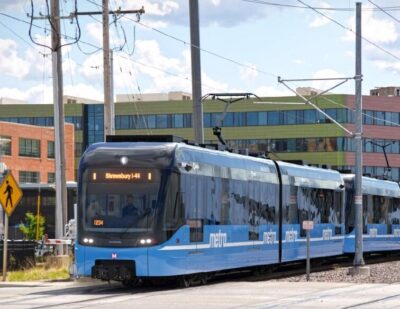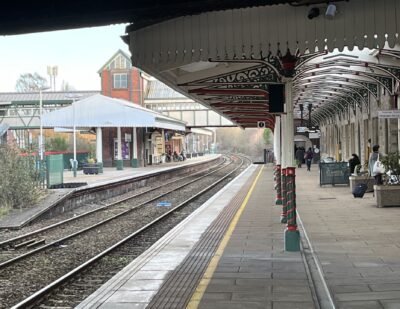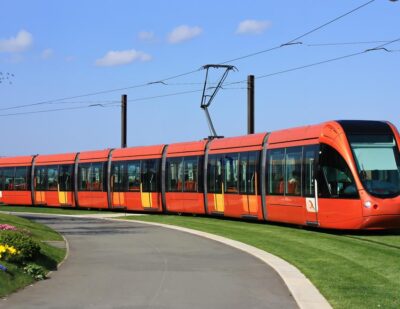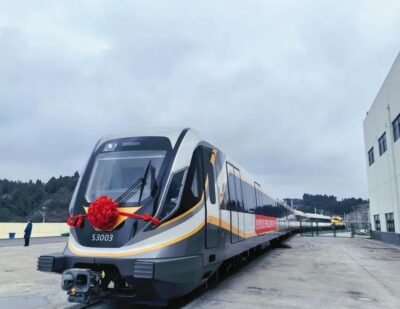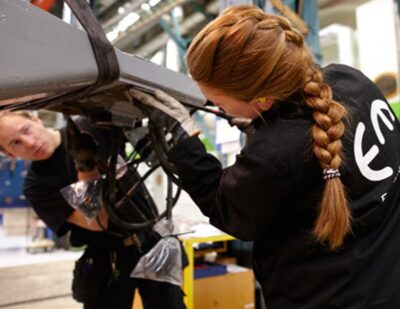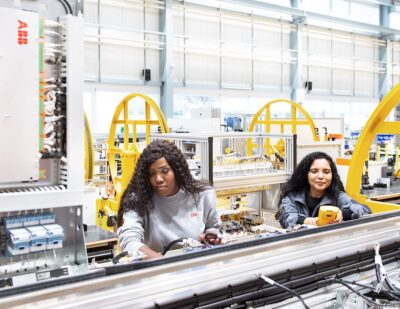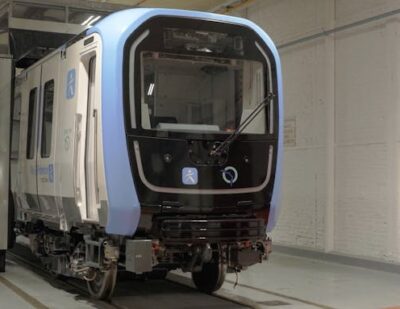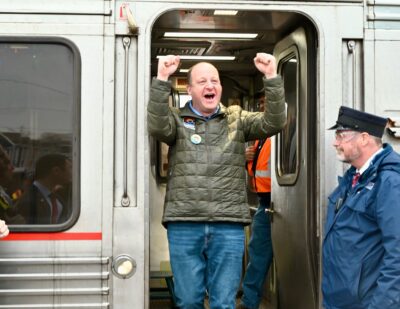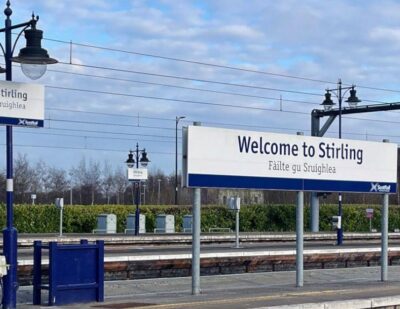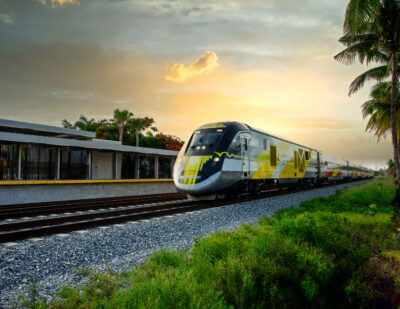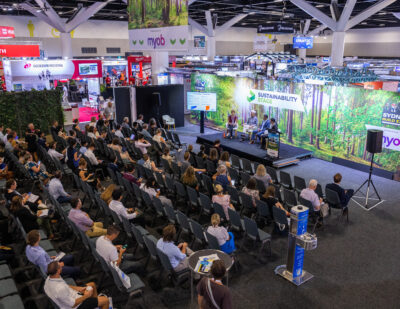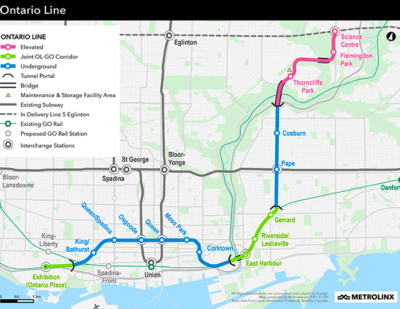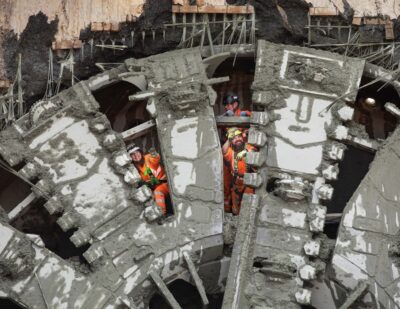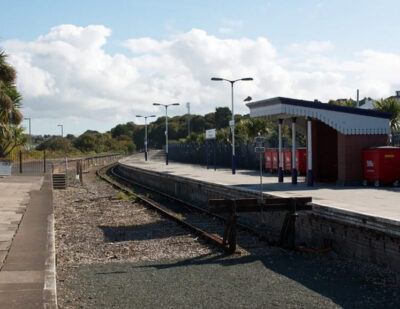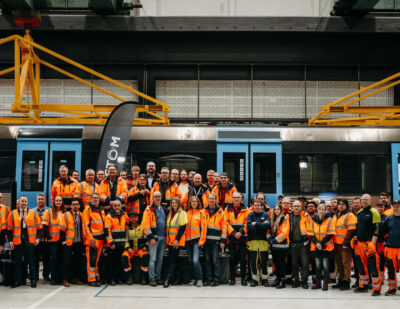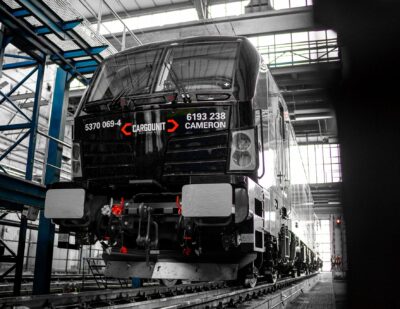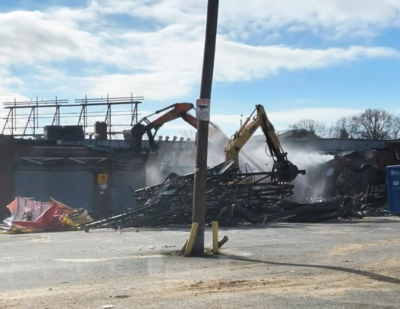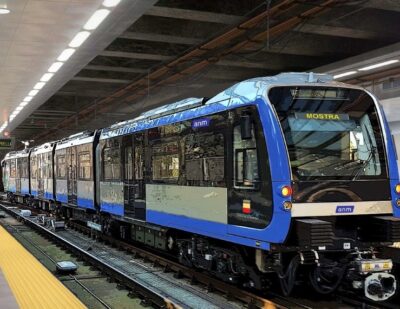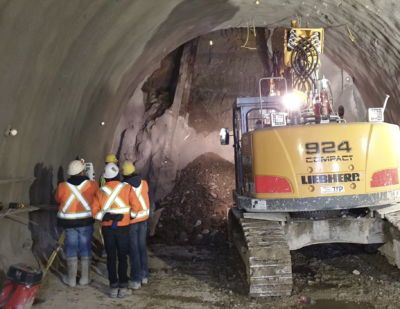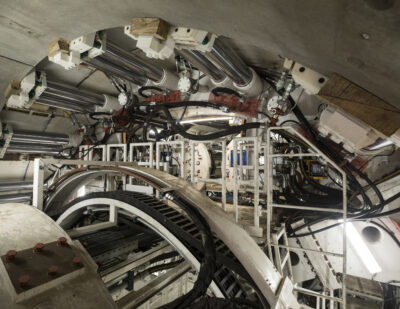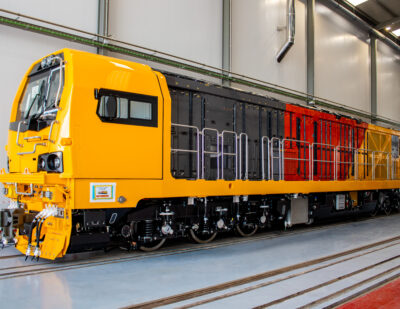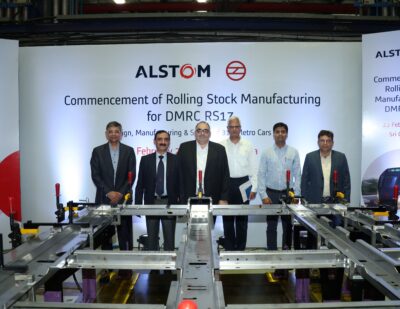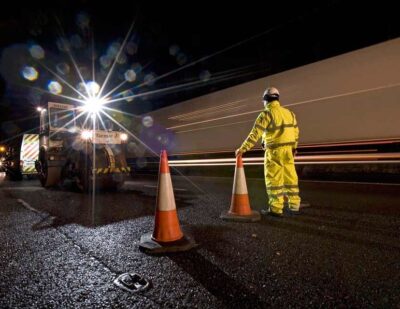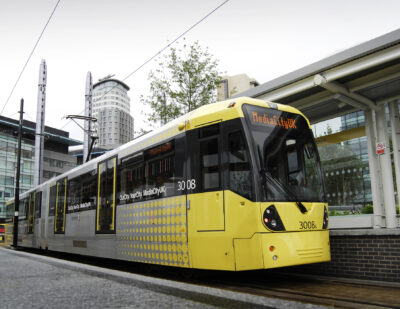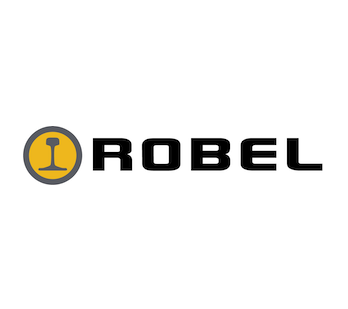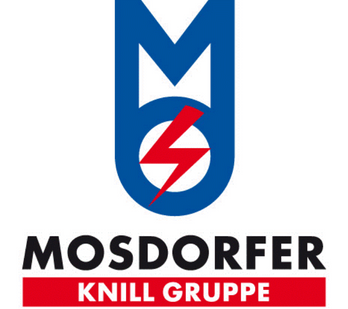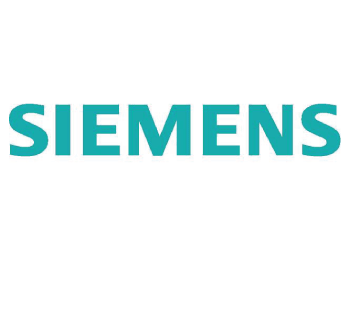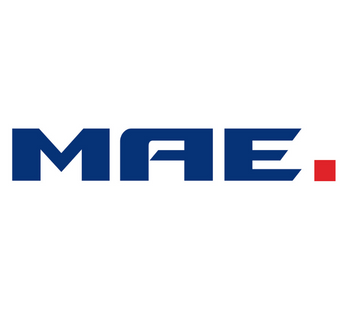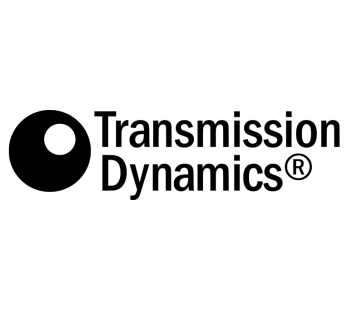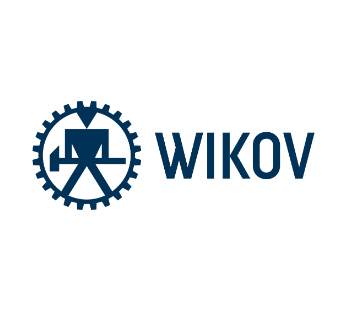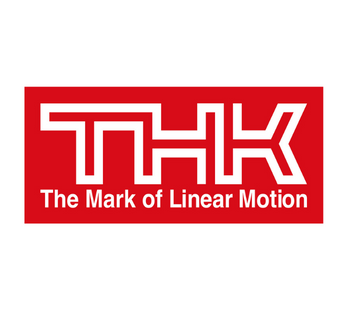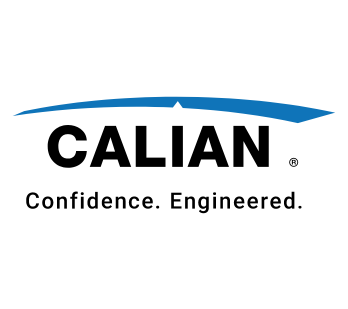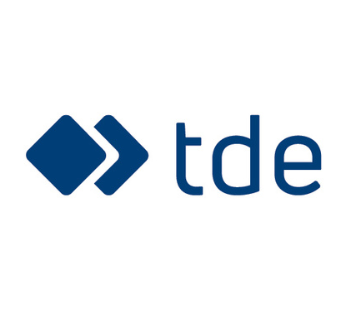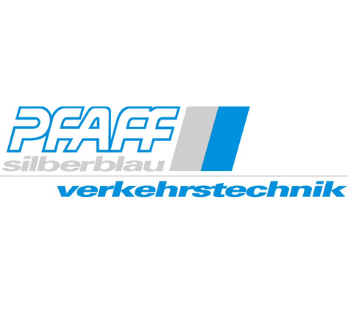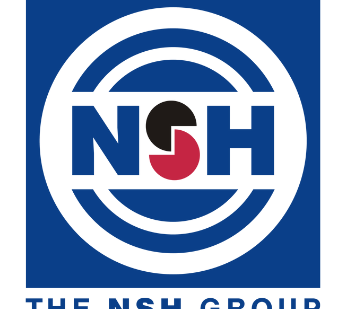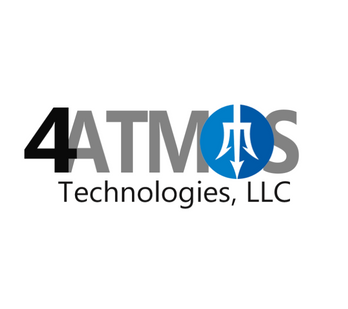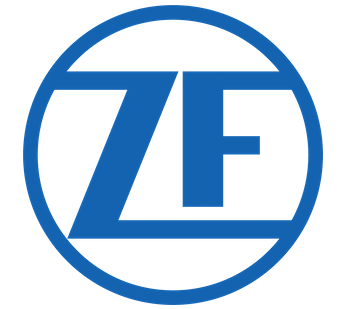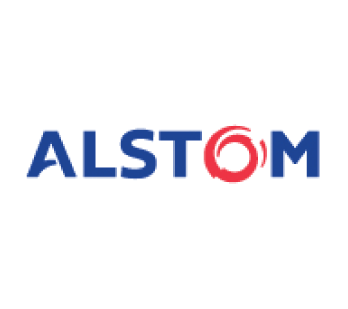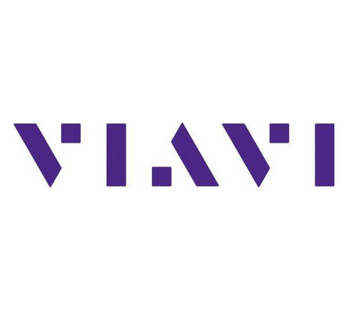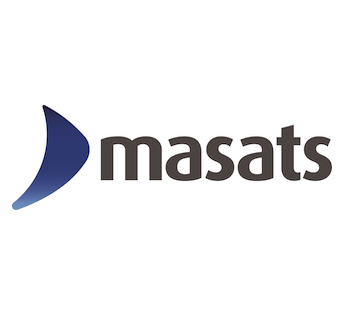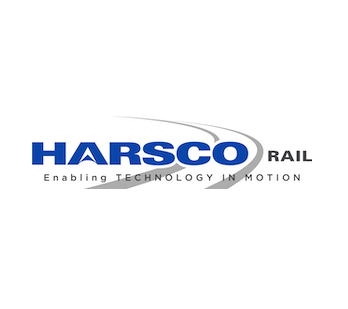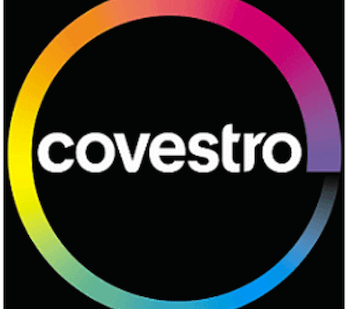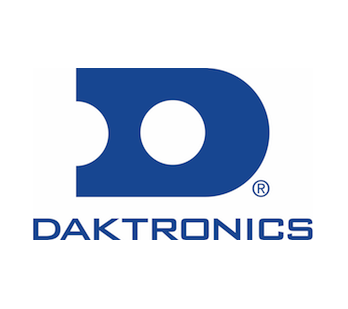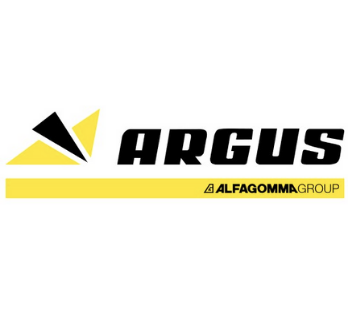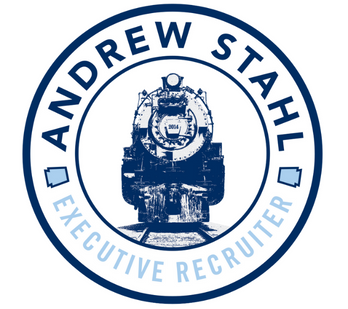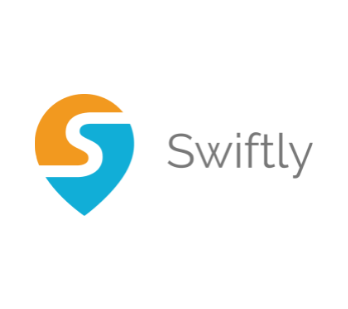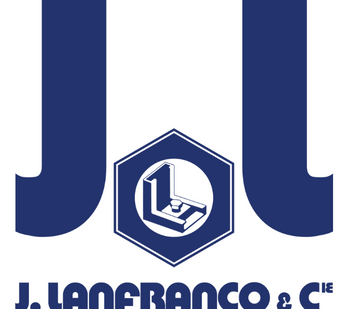Crossed Off – The Naming of the Crossrail TBMs
Image courtesy of National Railway Museum
Crossed Off – The Naming of the Crossrail TBMs
This was never supposed to be more than 140 characters long.
It started out as a retweet on International Women’s Day for an article which previously featured in Railway-News about women in Crossrail. I went for a pithy line about the tunnel boring machines, who are all named after women. Then we thought it would be a nice idea to do a tweet celebrating the lives and achievements of each of the women behind the names.
And it became apparent quickly that I wasn’t going to be able to cover this in 140 characters.
Ada Lovelace was first on my list, and a good one to start with. Condensing the mathematician and first computer programmer’s life into a tweet was a toughy, but it happened (and look how I just did it in half a sentence), and it sat scheduled on my desktop while I looked up Phylis Pearsall, the creator of the London A-Z. I was starting to enjoy myself, but then these were both women I was already aware of and admired.
The next two were Queens Victoria and Elizabeth II, who’re a little obvious for my liking so I moved on to Sophia and Mary, notable, so Wikipedia informed me, of being married to the Kingdom-Brunel father and son. My feminist antenna quivered. They went behind the queens in the queue.
And then Jessica and Ellie, a later addition to the list, who needed to fit the criteria of contemporary and influential. They were named after Olympians Jessica Ennis-Hill and Ellie Simmonds, which, especially when considering they were the TBMs working on the section of tunnel around the Olympic Village, pleased me.
But the wives bothered me. Had they really run out of influential women after six (realistically four since the Queens must have been filler on the list) that they resorted to women notable in history only because of the men they married? I had an idle look around as to why they had been chosen, and found the short-listed names, selected by a panel of senior executives from Crossrail and the three main contractors.
The list sent me spluttering into my coffee. Out of a shortlist of twenty notable women (ten pairs), eight were fictitious. At least four, but up to six, of those eight were a figments of a male imagination. Three queens (who really, if we’re honest, don’t need anything else named after them), one mathematician, one publisher/cartographer, two wartime entertainers, two wives and a concept — Millie — the old English for strength.
I’ll repeat: out of twenty candidates of “notable women”, eight literally didn’t exist, two were wives of notable men and one was an abstract noun. More than half of the short-listed candidates were not notable, influential or powerful women in their own rights.
The General Public Get Specific
The naming of the machines was a public competition. The criteria was straightforward; the names should be submitted in pairs (since they would be operating in pairs), and they had to be female names. Crossrail gave a tip by suggesting “history, geography, architecture/landmarks, transportation or names of famous Londoners”.
The general public duly submitted 1500 names for consideration. Among the odd Dudley Moore and Peter Cook, Pinky and The Brain, Bill and Ben and Ronnie and Reggie (Kray) from individuals who clearly didn’t understand the assignment, there were 50 Emmelines, 26 Boudicas, 56 Florences, as well as 85 derivations of Margret Thatcher, who, like her or loathe her, was a woman of substance.
Crossrail whittled the list down to 75 pairs. To put their more general cultural contribution into context, Crossrail has consistently sought to edify and educate, contributing to videos on the history of London, donating artefacts they’ve come across to museums, supporting school visits and championing STEM education.
And they did well with their long short-list. They put forward Elizabeth Bragg and Alice Perry, the first female civil engineers in the UK and America, authors Enid Blighton, Beatrix Potter, Mary Shelly and Virginia Woolf, feminists Sylvia, Emmaline and Christabel Pankhurst, and civil rights leader Claudia Jones, nurses Florence Nightingale and Edith Cavell, war heroes Odette Hallows and Violet Szabo, first female train driver Hannah Dadds and the first female train crew member Edna Dadds, Ethel and Bessie Charles who were the first female members of the Chartered Institute of Architects, Dame Kelly Holmes and Baronness Tanni Grey-Thompson who were driving forces in the Olympic bid, and my personal favourite, Boudica and Gwendoline, because you wouldn’t want to face those two ladies down almost as much as you wouldn’t want to be on the business-end of a TBM.
So, including Ada Lovelace, Phylis Pearsall, Jessica Ennis-Hill and Ellie Simmonds, Crossrail nominated 26 women of independence and achievement.
And then it went awry.
Two Wives, Eight Fictions and an Abstract Noun
The list was given to five senior executives of four men and one woman, two from Crossrail and three from the independent contractors, who were allowed to nominate three pairs each. Because there was some overlap in the choices, this resulted in the final shortlisted ten pairs, and from whom we got eight fictions, two wives and an abstract noun.
When this list went to the public vote again for the final eight names (four pairs) to be submitted, it was clear that the panel had misjudged their choices. The out-and-out favourite pair was Ada Lovelace and Phylis Pearsall, with 843 votes. The second-favourite pair was Elizabeth and Victoria with 525, and the third was Mary and Sophia with a pretty lacklustre 390. The public clearly wanted to celebrate the achievements of women, but were denied the opportunity by the panel of executives.
And that’s what makes this trivial little tale of naming a tunnel boring machine newsworthy. It could have been a celebration of feminine achievement and strength. Instead of Gracie and Vera, who were, let’s face it, the frosting on the wartime cake, they could have had women who braved death fighting the Nazis, and indeed Violet Szabo was executed for it. Instead of the products of the male imagination, they could have celebrated the imaginative women Enid Blighton and Beatrix Potter. They could have raised the profile, if only by a notch, of the Pankhurts and Claudia Jones.
But they didn’t. So what happened? And why does it matter?
Encouraging Future Female Engineers
It matters because genius, generally speaking, strikes the young. The reason being that they don’t know what’s impossible yet. For the rest of us lesser mortals, we tend to achieve only what we already know is possible. Many girls and young women need to be made more aware of powerful women in history in order to empower them to become powerful women in the future. Equally, boys and young men need to be made more aware of the powerful women in history in order to welcome the powerful women in the future. They need to know what women are capable of in adversity so that they can imagine what women are capable of with support. It’s simply more difficult to do this if they don’t know what has already been done.
Tunnel boring machines (TBMs) much like ships, are named after women. It turns out that, much like the ships of yore, they’re the only females in the immediate vicinity. Earlier this year, Rail Minister Claire Perry called the gender disparity in the rail industry a dismal performance. As many women now work on the railways as did in 1914. The gender imbalance still hasn’t tipped — we still need to work on this, and this was an opportunity to do so.
As it stands at the moment, 4% of railway engineers in the UK are women. 0.6% of women who work in the industry do so at a senior executive level. We spoke to Adeline Ginn, founder of Women in Rail and General Counsel at Angel Trains, who said:
“Boosting the profile of the female engineers is key to inspiring future generations of women in the STEM industry. There are numerous women engineers in the railway industry who are brilliant role models, such as Rachel Turner at Porterbrook, Amanda White at Transport for Greater Manchester, Lucy Gardener at Arup, Maria Dean at Bombardier and Aoife Considine at TfL, to name a few.”
The names Adeline Ginn nominated were more revolutionary, in their way, than the names the public and Crossrail came up with. These women are not remote and made “other” by history, they are contemporary, very real and very attainable. There is no reason why any girl who reads the list and casts her vote could not become one of them. But as it is, they read the list and saw that being the wife of a great man was more noteworthy than being a great woman. That being the creation of a great male mind was more important than being a great mind. That feminine strength is no more than an abstract noun.
And that might be why only 4% of engineers in the rail industry are women. It doesn’t happen deliberately, just as the panel almost certainly did not agree upon themselves to dismiss the ambitions of girls, but they also did not think that this was an opportunity to encourage them. They did not stop to think that there was only one woman on the panel because there was only one woman available and senior enough to be on the panel. It happens because not every opportunity to support and encourage girls into STEM fields is taken.
TBMs are impressive beasts, huge and heavy, powerful almost beyond a conventional imagination. They clear a path, through dirt and rock, towards the light. Could there have been any more perfect metaphor for feminist progress? We can just hope that by 2030, when the goals of parity between the sexes, as championed on International Women’s Day, have been achieved, tunnel boring machines won’t need to be named after powerful women because they will already be prominent in the public consciousness alongside their male counterparts, and there will be plenty of women in the vicinity to operate them.


